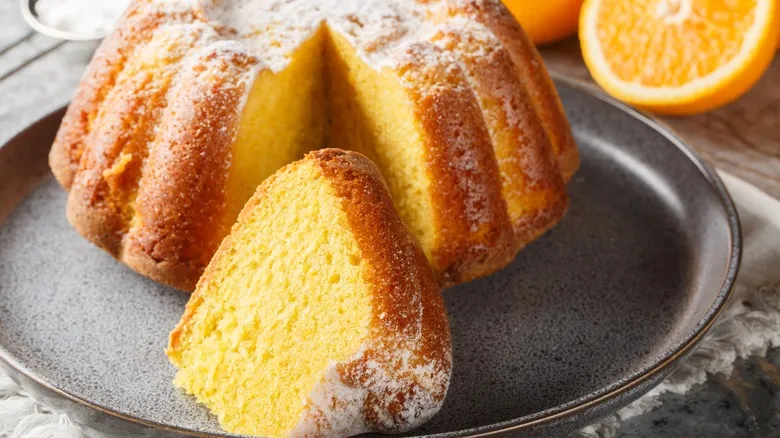The best yogurt to incorporate into cakes
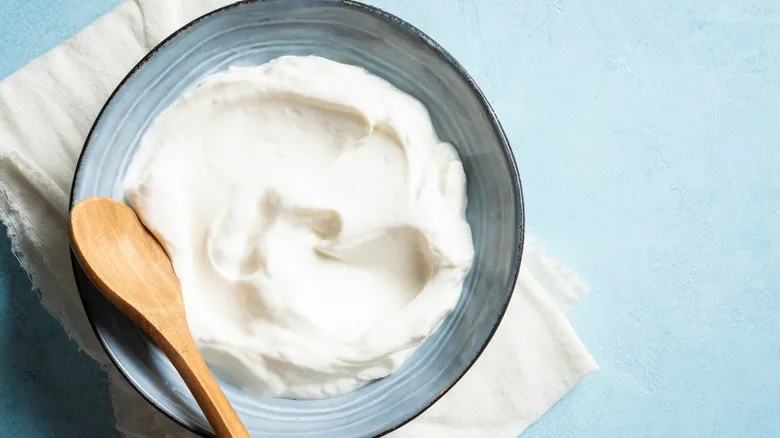
Incorporating yogurt into your homemade cake recipe, much like adding buttermilk or sour cream, enhances its fat content and creaminess, resulting in a rich and indulgent treat. It's an ingredient you probably already have in your fridge, but if your yogurt is flavored or overly sweetened, it's best to avoid using it for baking. Instead, Dreiling recommends opting for plain full-fat yogurt.
"The fat content adds richness and ensures a moist crumb, so steer clear of fat-free options, which can lead to drier outcomes," she explains. "Additionally, avoid yogurts with added thickeners, artificial flavors, or sweeteners, as these can disrupt the cake's texture and flavor." Baking is a precise science, so it's crucial that the yogurt you choose doesn't contain ingredients that could alter the recipe's chemistry.
Many of the top high-protein yogurts available are Greek yogurts, which are strained to eliminate whey, resulting in a thicker and tangier product. According to Dreiling, Greek yogurt is valued for its creamy texture, but you may need to adjust the liquid content in your recipe to balance this richness.
If you enjoy the added flavor and moisture that yogurt brings to your cakes, there are plenty of ways to use it in other classic dishes as well. Transform Greek yogurt into homemade pizza dough using self-rising flour, or enhance your mac and cheese for extra creaminess. Keeping a pint of this versatile ingredient on hand is a smart kitchen strategy.
More tips for extra-moist cakes
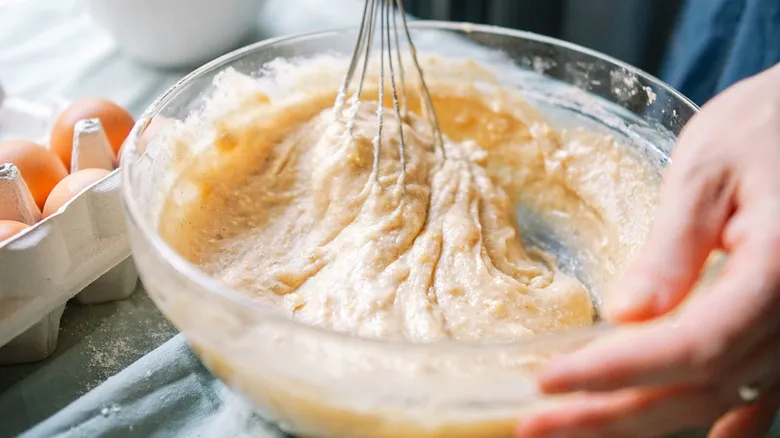
Yogurt and other creamy ingredients contribute to a moist and rich cake, but there are additional tips to prevent the dreaded dry, coarse texture. In addition to balancing the moisture content of your ingredients, Dreiling points out that overmixing can lead to poor cake texture. As you mix your batter, you risk developing excess gluten in the flour, which can make the cake's crumb tough.
Limiting gluten formation is crucial for achieving a tender cake, which is why some recipes recommend using low-protein cake flour. The higher the protein content of your flour, the more gluten will form during mixing. Since mixing is what creates gluten, it's best to minimize it for light, airy cakes.
Dreiling's most important final piece of advice? Avoid overbaking your cake. "Cakes continue to cook slightly as they cool, so removing them from the oven just as they are set (or when a toothpick comes out with a few moist crumbs) helps maintain their moisture." If you don't plan to serve it immediately, you can further preserve moisture by wrapping and freezing your cake. This traps steam that would otherwise escape, resulting in a perfectly moist slice once thawed.
Recommended
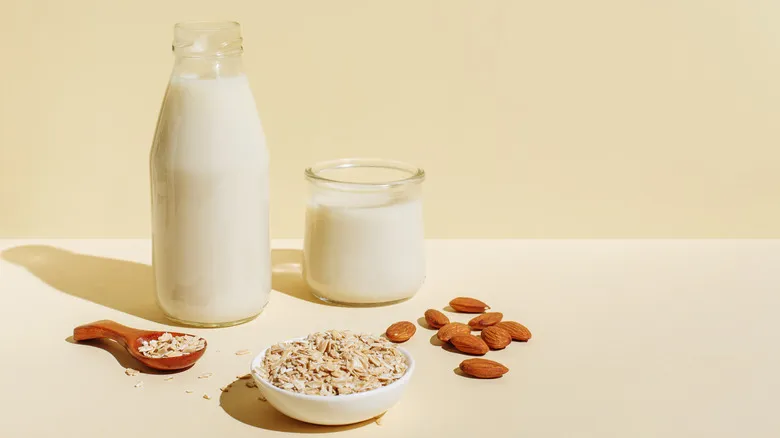
The Worst Dairy-Free Milk You Can Use For Baking

Why Buckwheat Pancakes Are A Cornerstone Of West Virginian Cooking
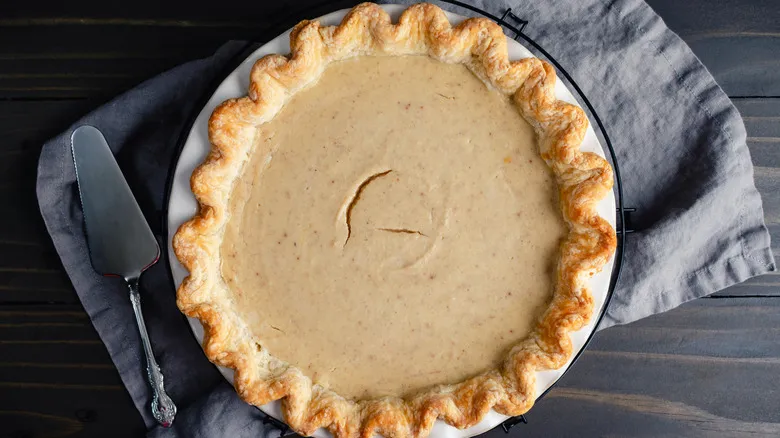
How To Save Your Pie Crust From Burning With A Piece Of Tin Foil

Use Chef Jacques Torres' Tip For Better Chocolate Chip Cookies
Next up

